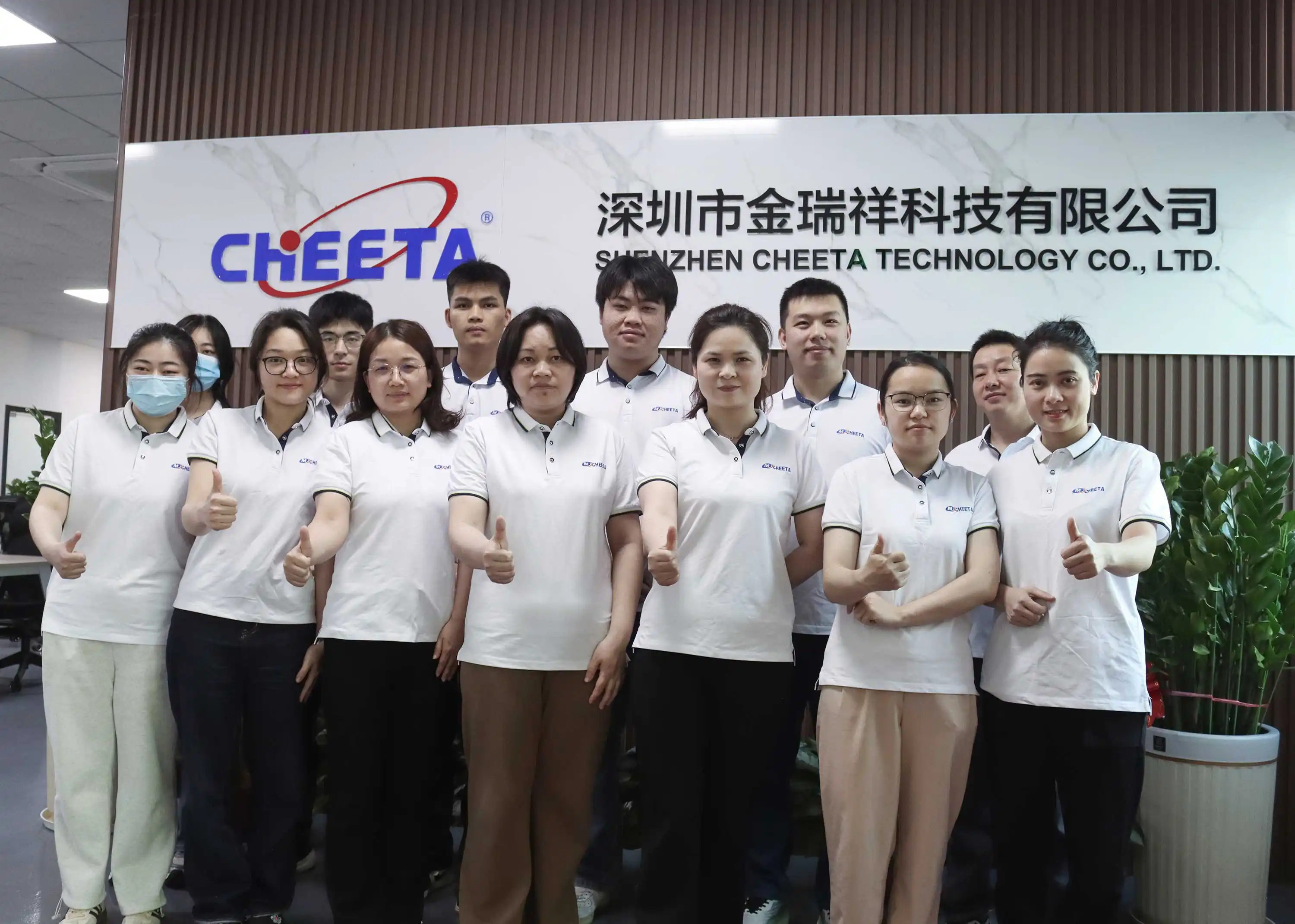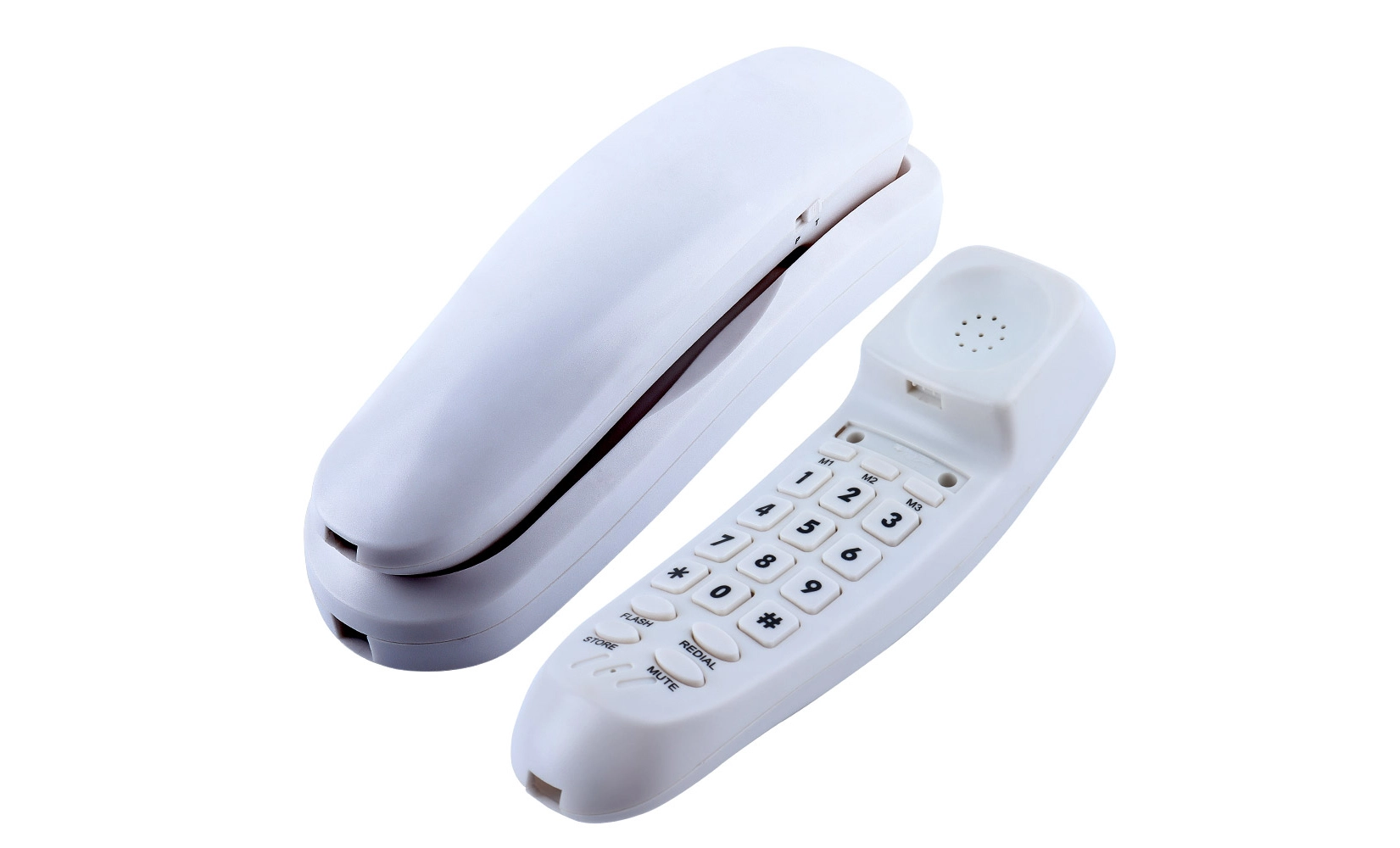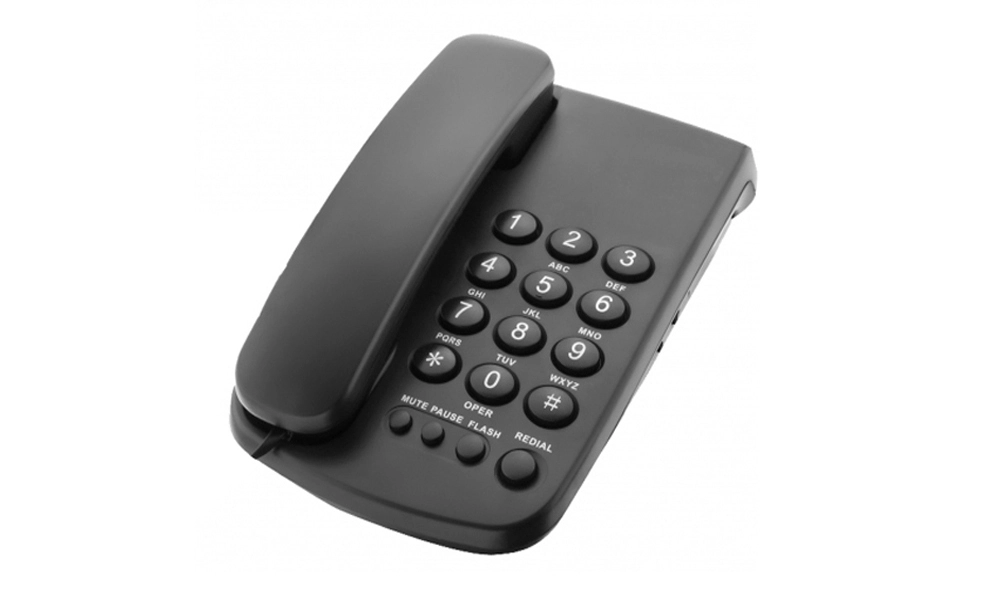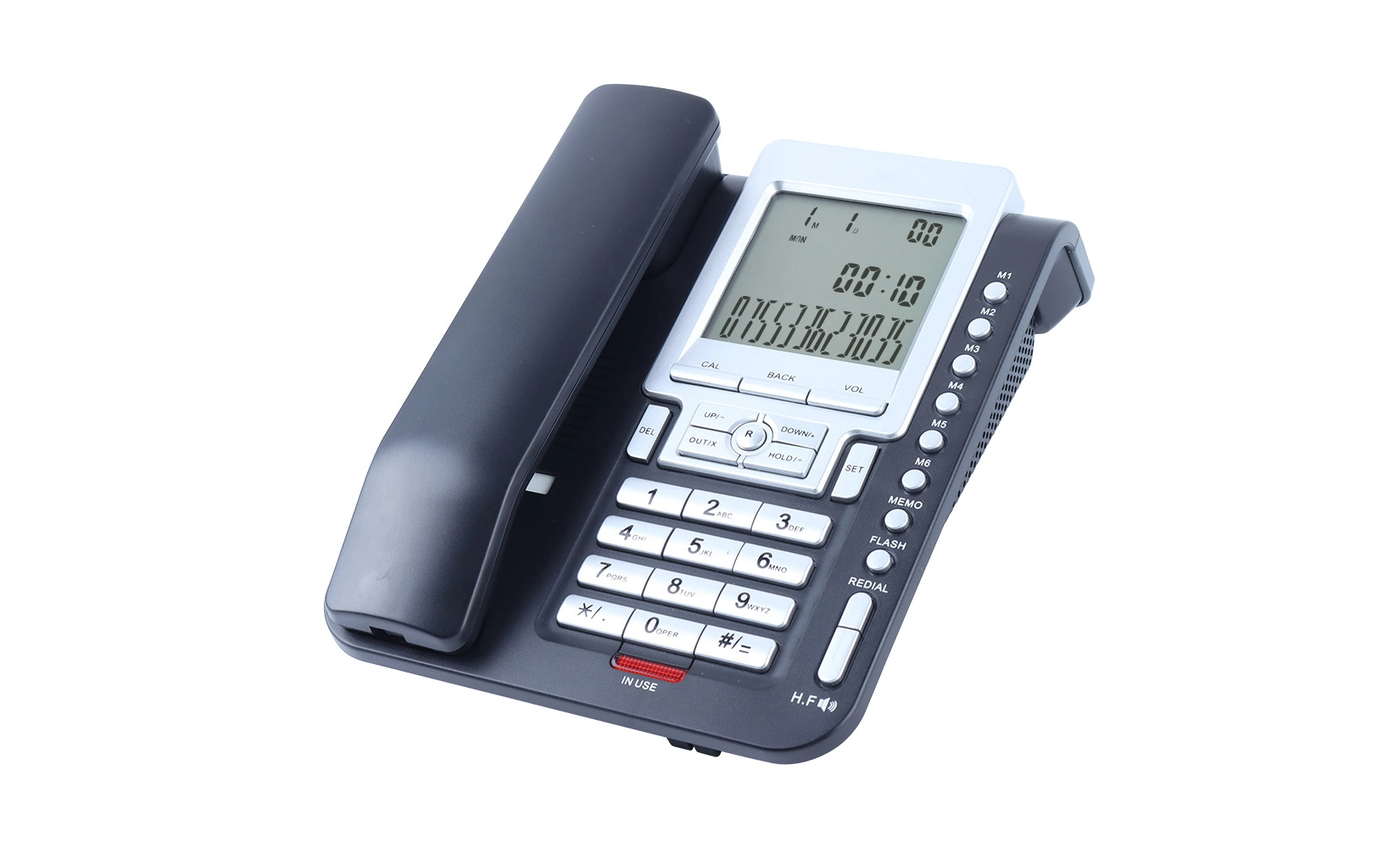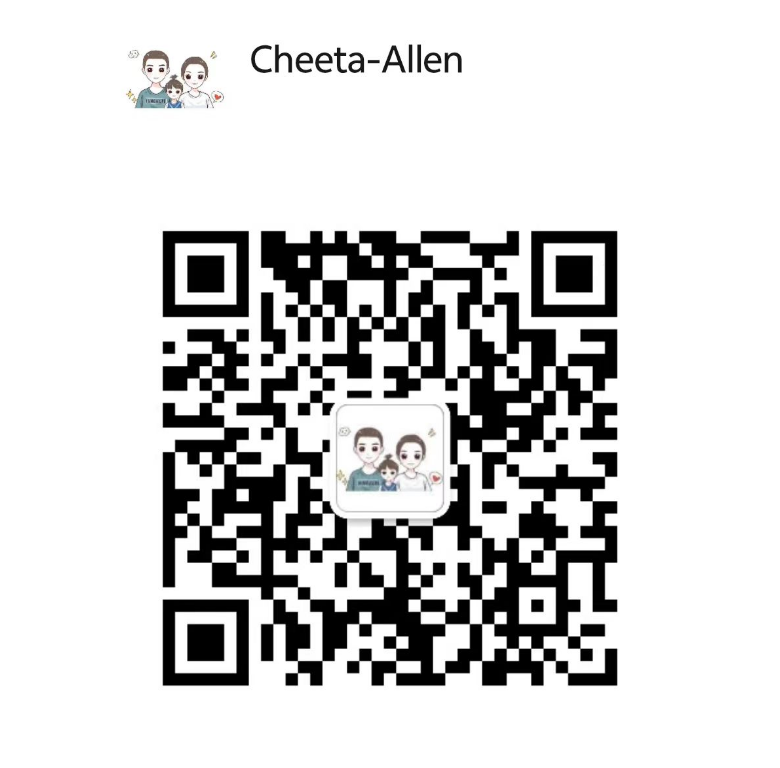Enhanced Visibility and Tactile Feedback
The cornerstone of big button phones lies in their design, which prioritizes visibility and tactile feedback. These devices boast buttons that are significantly larger than those found on standard phones, often measuring up to 1 inch in diameter. This increased size makes it substantially easier for individuals with visual impairments to locate and distinguish between different keys.
Moreover, the buttons on these phones are typically designed with high contrast color schemes, such as white numbers on black backgrounds or vice versa. This stark contrast aids in visual recognition, allowing users with partial vision to identify numbers and functions more readily. Some models even incorporate backlit keypads, further enhancing visibility in low-light conditions.
The tactile aspect of big button phones is equally crucial. Many designs feature raised or concave buttons, providing a distinct tactile sensation that helps users navigate the keypad by touch alone. This feature is particularly beneficial for those with severe visual impairments or complete blindness, as it allows for confident dialing without relying on visual cues.
Audible Feedback and Voice Announcement
Complementing the visual and tactile elements, many big button phones incorporate audible feedback systems. These systems typically include features such as:
- Spoken number confirmation: As each button is pressed, the phone announces the number out loud, helping users verify their input.
- Caller ID announcement: When a call is received, the phone can read out the caller's name or number, allowing the user to decide whether to answer without needing to see the display.
- Menu navigation assistance: Some advanced models offer voice guidance through menu options and settings, making it easier for visually impaired users to customize their phone.
These auditory features not only enhance the usability of the phone but also provide an additional layer of confidence for users, ensuring they can operate the device effectively without visual confirmation.
Simplified Interface and Essential Features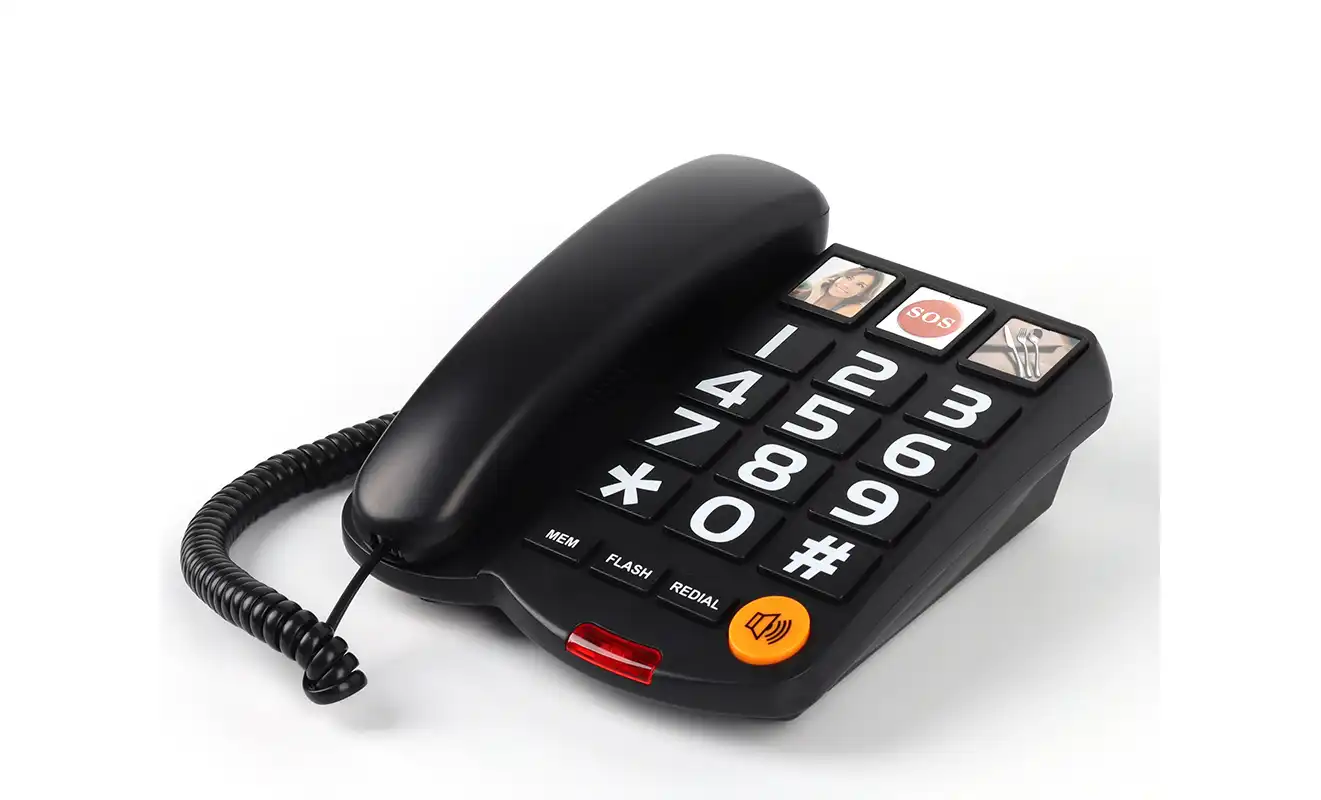
Big button phones are designed with simplicity in mind, focusing on core functionalities that are most essential for daily communication. This streamlined approach is particularly beneficial for visually impaired users, as it reduces the complexity often associated with modern smartphones.
Key features commonly found in big button phones include:
- Speed dial buttons: Large, dedicated buttons for frequently called numbers, often allowing for photo inserts for easy recognition.
- Emergency call button: A prominent, easily accessible button that can be programmed to dial emergency services or a designated contact with a single press.
- Amplified sound: Many models offer enhanced volume controls and hearing aid compatibility, addressing the fact that visual impairments often coexist with hearing difficulties.
- Simplified menus: Intuitive, easy-to-navigate menus with limited options, focusing on essential functions like phonebook management and basic settings.
This focus on essential features ensures that users can quickly access the functions they need without navigating through complex menus or dealing with unnecessary applications. The result is a communication device that prioritizes accessibility and ease of use, allowing visually impaired individuals to maintain their independence and stay connected with minimal frustration.
Customization Options for Individual Needs
While simplicity is a key attribute of big button phones, many models also offer customization options to cater to individual needs and preferences. These may include:
- Adjustable font sizes for display text
- Customizable button layouts
- Variable contrast settings for the display
- Programmable speed dial buttons with personalized voice tags
These customization options allow users or their caregivers to tailor the phone's interface to best suit the individual's specific visual and tactile needs, further enhancing the device's accessibility and usability.
 Promoting Independence and Social Connection
Promoting Independence and Social Connection
The benefits of big button phones extend far beyond their physical design and features. These devices play a crucial role in promoting independence and maintaining social connections for visually impaired individuals. By providing an accessible means of communication, big button phones empower users to:
- Stay in touch with family and friends without requiring assistance
- Maintain emergency contact capabilities, enhancing personal safety
- Engage in daily activities, such as scheduling appointments or ordering services, independently
- Preserve a sense of autonomy and self-reliance in their communication needs
This independence is invaluable for the mental and emotional well-being of visually impaired individuals. It allows them to maintain control over their social interactions and daily tasks, reducing feelings of isolation or dependence on others for basic communication needs.
Bridging the Digital Divide
While smartphones and digital technology continue to advance rapidly, big button phones serve as an important bridge for those who may find modern touchscreen devices challenging to use. They offer a familiar and accessible interface that doesn't require complex gestures or navigational skills, ensuring that visually impaired individuals are not left behind in the digital age.
Furthermore, the simplicity of big button phones can be particularly beneficial for older adults who may be dealing with age-related vision loss alongside other challenges such as arthritis or cognitive decline. By providing a straightforward, tactile interface, these phones ensure that essential communication remains accessible to a wide range of users with varying needs and abilities.
Conclusion
Big button phones represent a thoughtful and practical solution to the communication challenges faced by visually impaired individuals. Through their enhanced visibility, tactile feedback, simplified interfaces, and essential features, these devices offer a level of accessibility and usability that standard phones often lack. By empowering users to maintain independence in their communications and social connections, big button phones play a vital role in improving the quality of life for those with visual impairments.
As technology continues to evolve, it's crucial to remember the importance of inclusive design that caters to diverse needs. Big button phones serve as an excellent example of how thoughtful, user-centered design can make a significant difference in the lives of individuals with specific accessibility requirements. For the visually impaired community, these devices are not just phones; they are lifelines to the world, fostering independence, safety, and social connection.
FAQ
Are big button phones only for the elderly?
No, big button phones are designed for anyone with visual impairments or who prefers a simpler phone interface, regardless of age.
Can big button phones connect to the internet?
Most traditional big button phones are designed for basic calling and do not have internet capabilities. However, some newer models may offer limited internet features.
Are there mobile versions of big button phones?
Yes, there are mobile big button phones available that offer the same accessibility features in a portable format.
Experience the Difference with CHEETA Big Button Phones | CHEETA
At CHEETA, we specialize in creating high-quality, user-friendly big button phones that cater to the unique needs of the visually impaired. Our factory, with its team of 100+ skilled workers and 10 senior engineers, ensures that each phone meets the highest standards of quality and reliability. We take pride in our OEM/ODM capabilities, allowing us to customize our products to meet specific customer requirements. With our commitment to innovation and user-centric design, CHEETA big button phones offer unparalleled accessibility and ease of use. Experience the difference with our products and see why we're a trusted manufacturer in the industry. For inquiries, contact us at allen@cheeta.com.cn.

References
1. Smith, J. (2022). "Accessibility in Telecommunications: The Impact of Big Button Phones on Visually Impaired Users." Journal of Assistive Technologies, 15(3), 145-160.
2. Johnson, L. & Brown, M. (2021). "Designing for Inclusivity: A Comprehensive Study of Big Button Phone Features." International Journal of Human-Computer Interaction, 37(8), 721-735.
3. National Federation of the Blind. (2023). "Communication Technologies for the Visually Impaired: A Comprehensive Guide." NFB Publications.
4. World Health Organization. (2022). "Global Report on Assistive Technology." WHO Press.
5. Davis, R. et al. (2023). "The Role of Simplified Interfaces in Promoting Independence Among Visually Impaired Seniors." Gerontechnology, 22(2), 1-12.
 Big button phones
Big button phones
